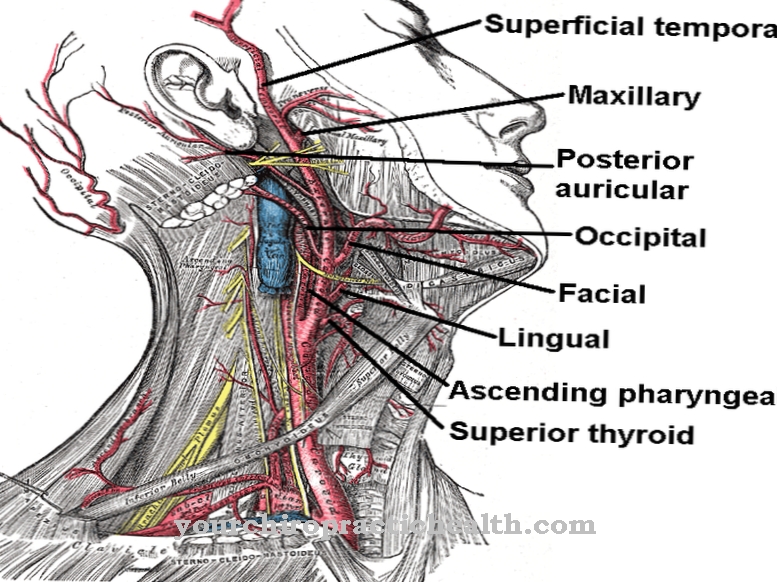The fact that humans, or at that time “Homo erectus”, could actually walk upright at some point, is solely thanks to their cerebral cortex. This has an adaptable integration center and thus a powerful storage capacity, especially for complex information.
In the course of evolution, it developed from simple forms and finally developed. About the Cerebral cortex stimuli are received from the environment. It therefore forms the outer boundary layer and is used for information processing.
Only animals that have a cerebral cortex are capable of learning and can be trained. These include, for example, the dolphin, a mammal with a large cerebral cortex, while the shark, whose cerebrum is barely developed, is not suitable for training.
What is the cerebral cortex?
The human brain is a small miracle of creation. It makes up only three percent of the total body weight, weighs about two kilograms, but requires a large amount of energy, about fifteen percent of the total energy balance. The brain has more than a hundred billion neurons, also called nerve cells, and this collection of neurons, which is a thin layer on the outer edge of the brain, is called the cerebral cortex. The cerebral cortex itself is in turn divided into the cerebral and cerebellar cortex.
Anatomy & structure
However, the cerebral cortex is important for all mental and physical processes. It is up to five millimeters thick and makes up an important part of the cerebrum, more precisely the part of the gray matter, one of the essential components of the central nervous system, which in turn differs from the white and has more cell bodies. All the nerve cells there have nerve fibers that run below the cerebral cortex and form the white matter. These are also known as the marrow and form the cerebral mantle.
The cerebral cortex is divided into six lobes that are separated from one another by columns. Biology speaks of the frontal, parietal, occipital and temporal lobes in the brain surface, the island lobes and the limbic lobes. The lobes of the brain have a particularly functional meaning, each lobe has a special task, including being responsible for the planning of actions, the taste or the characteristics of the personality. The limbic lobe in turn serves the memory functions and the processes of emotions.
The layers of the cerebral cortex differ in their cell types. The so-called interneurons never leave the cerebral cortex, they are interconnected between other nerve cells.
In the progenitor cell, in turn, two specific cell types can be found, the pyramidal cells and the granule cells or stellate cells, which are modified pyramidal cells. The former are the largest cells in the cerebral cortex and look like pyramids. The tip always points to the surface of the cerebral cortex. The granule cells in turn have a rounded body and thorny dendrites, so that they appear star-shaped. They represent the extensions of nerve cells through which signals are sent to another area. These are received as information from the thalamus and other brain areas.
The cerebral cortex receives its information mainly via the thalamus, which in turn determines the sensory perception of the sensory organs. These special parts of the cerebral cortex are the primary sensory areas.
The cerebral cortex is littered with convolutions, crevices and furrows. The folding of the cerebral cortex primarily serves to enlarge the surface, while the individual furrows are as individually different from person to person as, for example, fingerprints.
Function & tasks
Sensory impressions and other memory contents are recorded in the cerebral cortex. For a long time it was thought that the brain's memory center was the hippocampus. It has now been proven that the memories and the sensory perceptions associated with them are stored in the motor cerebral cortex.
The brain region of the hippocampus is primarily responsible for many learning and memory processes. If this area no longer works, it is almost impossible to save or remember new content. Scientists therefore assumed that the hippocampus plays an essential role in long-term memory.
In the meantime, however, experiments with mice have shown that the hippocampus is responsible for recording spatial relationships and rather acts as a decision-making authority, thus forcing the information it gains from the sensory impressions it has experienced on to the cerebral cortex, where these perceptions are linked and are permanently saved or filed as memory content.
The human brain is being explored more and more. To reduce consciousness to the process of the cerebral cortex alone is questionable. The view of the brain researchers is divided into the calculation of the pure brain activity and in the attempt to understand the actual processes in connection with body, soul and spirit.
Of course, consciousness is, for example, a product of the nerve cells in the brain that communicate with one another. Nevertheless, electromagnetic fields are generated on the cerebral cortex, which in turn evoke mental ones. This creates a virtual overall world that makes it possible for people to understand their environment, their body and their own mind.
You can find your medication here
➔ Medicines against memory disorders and forgetfulnessDiseases
One of the most important diseases of the cerebral cortex is Alzheimer's, which mostly occurs in the elderly. It was recognized by the German neurologist of the same name in 1906 through the brain of one of his patients. In the tissue samples, he found misshapen amyloid plaques that penetrated the brain and a strange bundle that oozed out of the dead cells.
One of the characteristics of the disease is the death of nerve cells and nerve cell contacts with typical protein deposits, precisely those amyloid plaques. This results in orientation difficulties, language disorders, memory loss and finally a complete change in personality. A normal everyday life is hardly possible for Alzheimer's patients and they require medical care and therapy.
Another disease of the cerebral cortex is dementia, which has various forms and effects on humans and is also different from Alzheimer's disease.


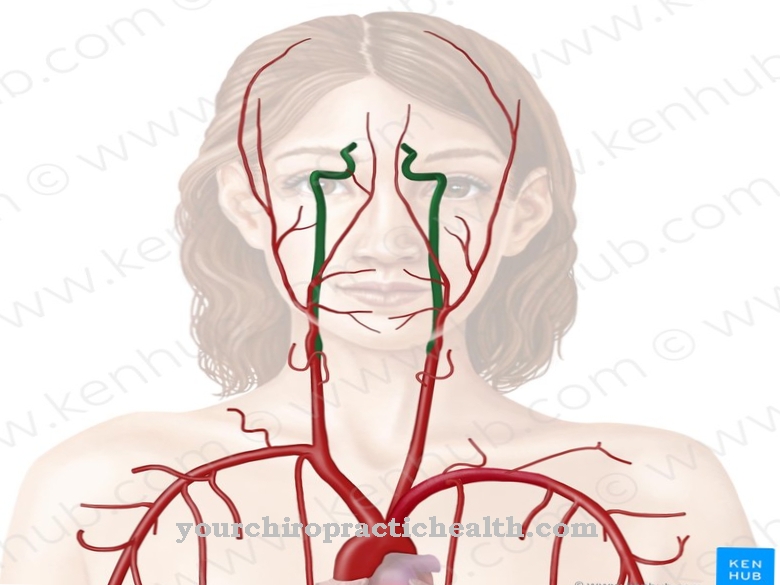
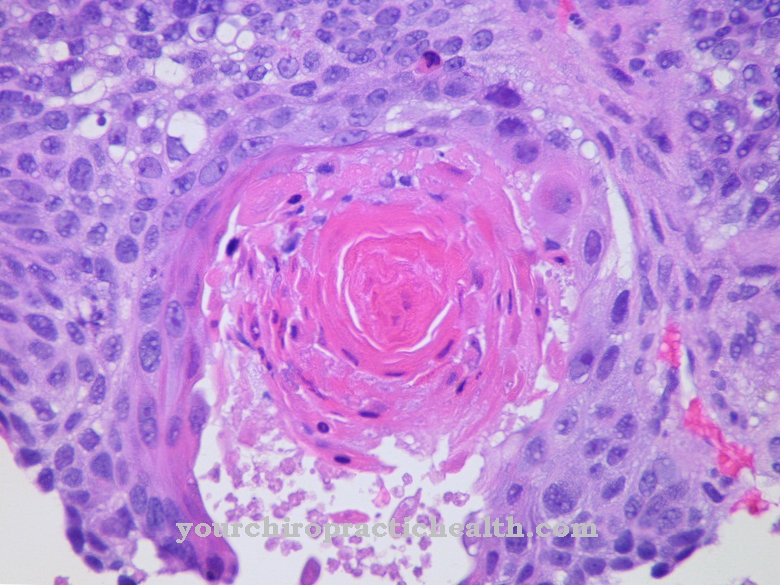


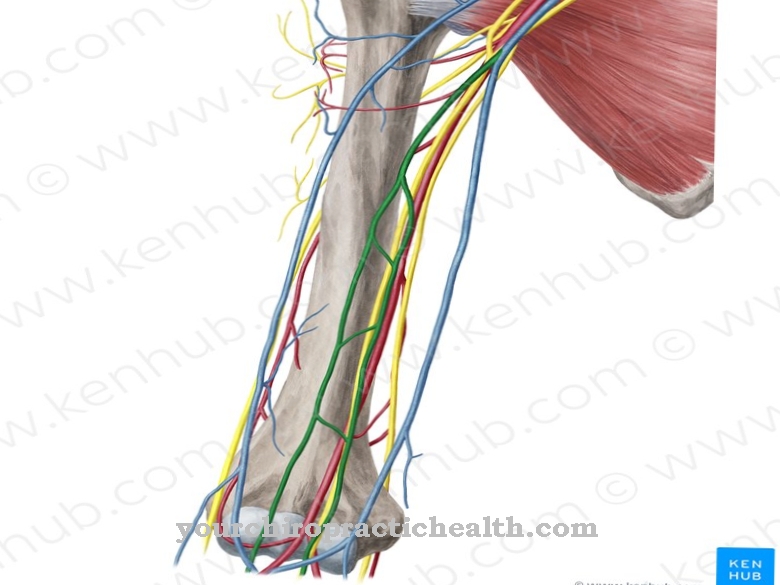



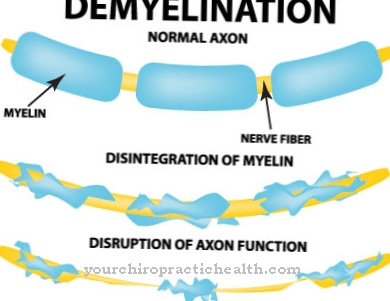
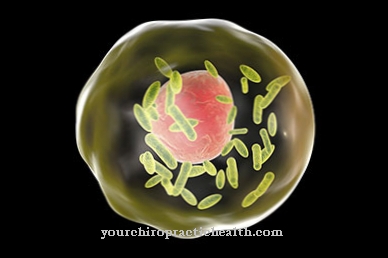
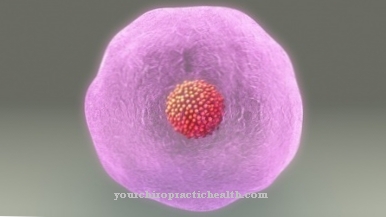


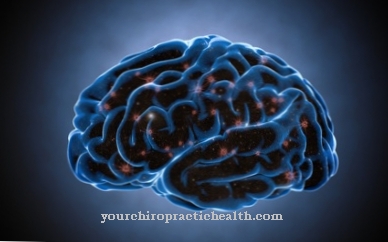
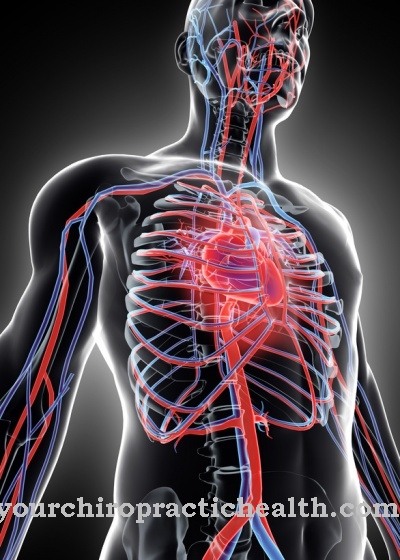
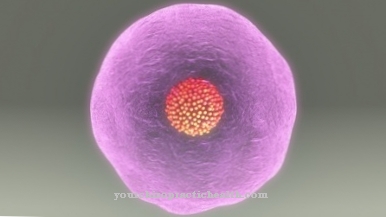

.jpg)
